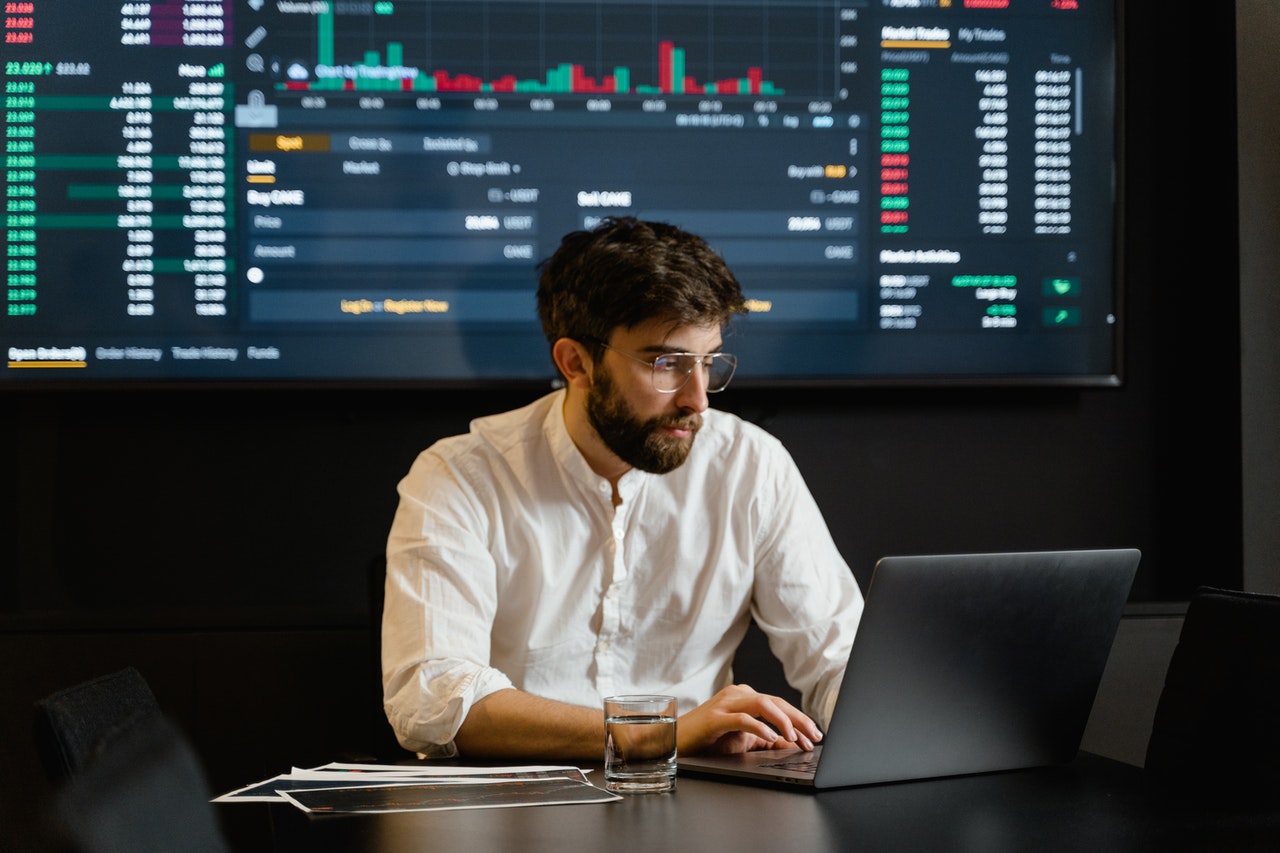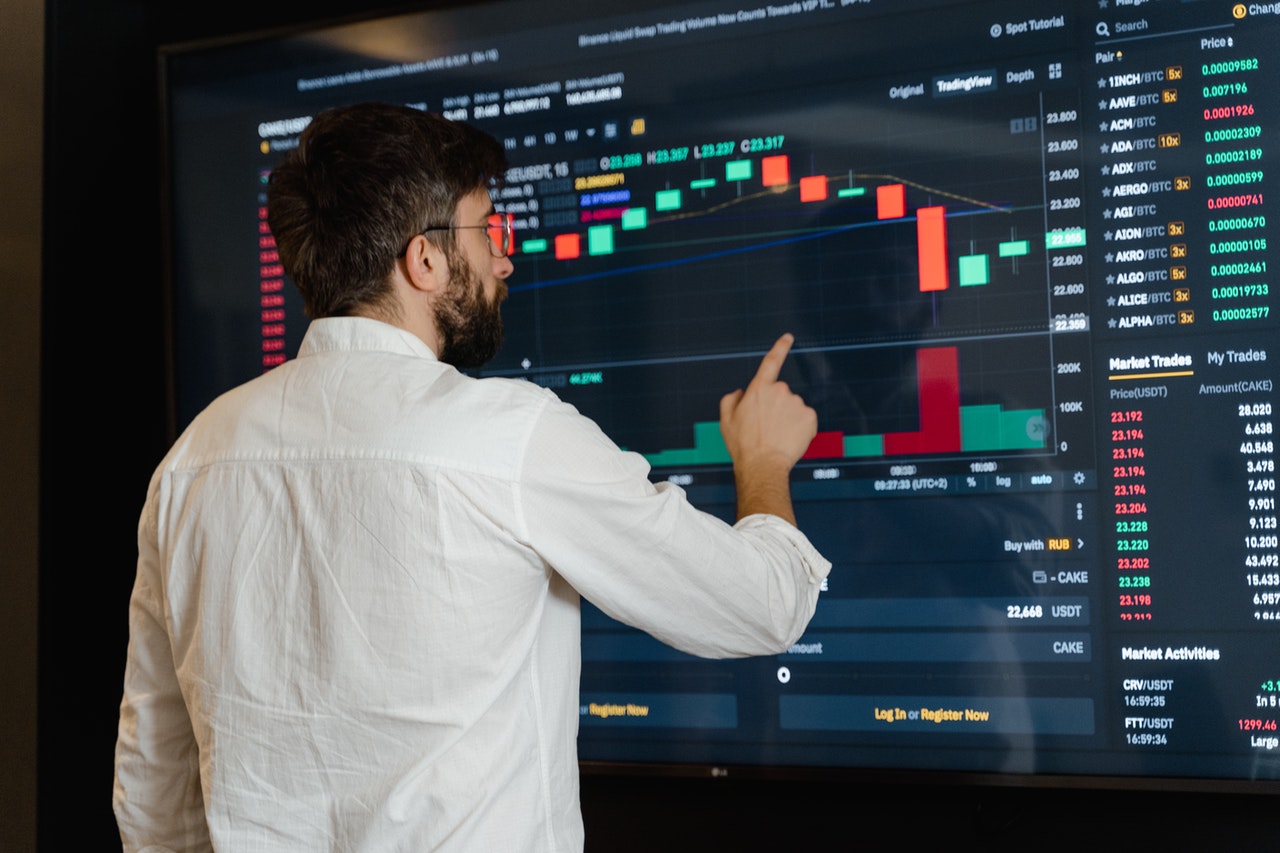In the fast-paced world of forex trading, time is of the essence. Traders are constantly searching for ways to enhance their decision-making processes and improve their trading efficiency. One of the most significant advancements in this field is the development of forex robots, which have revolutionized the way traders operate. These automated trading systems can analyze vast amounts of data, execute trades at lightning speed, and manage risk effectively—all while allowing human traders to take a step back and focus on strategy. In this comprehensive guide, we will explore how forex robots work, their features, how to choose the right one, optimization strategies, and the potential risks associated with automated trading.

How Forex Robots Work in Automated Trading
Forex robots, also known as Expert Advisors (EAs), are software programs designed to automate the trading process. They utilize algorithms and technical analysis to identify trading opportunities and execute trades based on predefined criteria. This section delves into the mechanics behind these automated systems, highlighting how they function and the technology that powers them.
Understanding Algorithms in Forex Trading
At the heart of every forex robot lies an algorithm—a set of rules and mathematical calculations that dictate how trades should be placed. These algorithms can analyze market data such as price movements, volume, and other relevant indicators to spot potential entry and exit points.
The sophistication of an algorithm determines its effectiveness. Some robots employ simple moving average crossovers, while others use more advanced techniques like machine learning and artificial intelligence to forecast market trends. By harnessing vast datasets, these algorithms can uncover patterns that may take a human trader much longer to identify.
Real-Time Data Analysis
One of the key advantages of forex robots is their ability to process real-time data at incredible speeds. Unlike human traders, who may miss out on critical market movements due to the limitations of cognitive processing, forex robots can continuously monitor multiple currency pairs simultaneously.
This capability allows them to react quickly to changes in the market, executing trades within milliseconds. For example, if a currency pair’s price begins to rise sharply, a well-designed forex robot can place a buy order before the opportunity passes, capitalizing on short-term fluctuations that might go unnoticed by a human trader.
Trade Execution and Management
Once a forex robot identifies a trading opportunity, it executes the trade according to its programming. This execution process is highly efficient, as robots can place orders with precision, minimizing slippage—the difference between expected and actual prices.
Moreover, forex robots can manage trades once they are open. They can set stop-loss and take-profit levels automatically, ensuring that losses are limited and profits are secured without requiring constant monitoring from the trader. This level of automation not only enhances trading efficiency but also helps mitigate emotional decision-making that can lead to costly mistakes.
Features of Advanced Forex Robots
Not all forex robots are created equal. The features offered by these automated trading systems can vary significantly, impacting their performance and usability. When it comes to forex robot trading, understanding these essential features is crucial for maximizing success in the trading arena. Here, we explore some of the key elements that distinguish advanced forex robots and contribute to their effectiveness in automated trading.
Customization Options
One of the standout features of advanced forex robots is the ability to customize settings according to individual trading preferences. Traders can adjust parameters such as risk tolerance, lot size, and specific indicators used for trade signals.
Customization empowers traders to align the robot’s operation with their unique strategies and risk appetite. For instance, a conservative trader may prefer a robot that prioritizes lower-risk trades, while an aggressive trader might seek higher leverage and more frequent transactions. This adaptability allows traders to take full advantage of the strengths of automated systems while maintaining control over their trading approach.
Backtesting Capabilities
Backtesting is a crucial feature that allows traders to evaluate a forex robot’s historical performance against past market data. With this functionality, users can run simulations to see how the robot would have performed under various market conditions using historical data.
Advanced forex robots provide robust backtesting tools that enable traders to optimize their strategies before going live. By analyzing results from different scenarios, traders can fine-tune the robot’s settings to maximize profitability and reduce drawdowns. This empirical approach to trading instills greater confidence and prepares traders for potential future challenges.
Multi-Strategy Functionality
Many advanced forex robots incorporate the ability to deploy multiple trading strategies simultaneously. This multi-strategy functionality enables traders to diversify their approaches, reducing exposure to individual market risks while enhancing overall portfolio performance.
For example, a forex robot could implement a trend-following strategy alongside a mean-reversion approach. While one strategy captures momentum during strong market trends, the other can capitalize on price corrections. By leveraging multiple strategies, traders can adapt to changing market conditions, increasing their chances of success.

Choosing the Right Forex Robot
With countless options available in the marketplace, selecting the right forex robot can be a daunting task. However, several key factors can guide traders in making informed decisions when choosing an automated trading system.
Evaluating Performance and Reviews
To start, it’s crucial to assess the performance history of the forex robots under consideration. Many developers provide performance metrics through verified accounts or trading journals. Look for consistent profitability, reasonable drawdown levels, and long-term viability rather than short-lived spikes in returns.
In addition to performance statistics, reviews and testimonials from fellow traders can provide valuable insights. Engaging with online forums and reading detailed user experiences will help you discern which robots deliver on their promises and which may fall short.
Assessing Compatibility with Trading Platforms
Not all forex robots are compatible with every trading platform. Before making a commitment, ensure that the robot you choose is designed to work with your preferred trading platform, whether it be MetaTrader 4, MetaTrader 5, or another software.
Compatibility plays a vital role in user experience. An intuitive interface and seamless integration with your existing setup will facilitate ease of use. Additionally, check whether the robot allows for modifications or requires programming knowledge for adjustments, as this can influence your ability to tailor the system to your needs.
Understanding Support and Updates
The quality of customer support and ongoing updates from a forex robot provider should not be overlooked. Reliable developers will offer responsive customer support channels, enabling users to address issues or inquiries promptly.
Furthermore, continuous updates are essential for keeping the robot aligned with market developments. As trading conditions evolve, having access to regular enhancements ensures the robot remains effective in changing landscapes. Look for vendors that prioritize transparency and maintain communication regarding improvements and changes in algorithms.
Optimizing Performance with Forex Robots
Even the best forex robots require ongoing optimization to maintain peak performance. In this section, we discuss strategies for maximizing the effectiveness of your automated trading system.
Regular Monitoring and Adjustments
While forex robots can operate autonomously, regular monitoring of their performance is vital. Traders should review trade outcomes periodically and assess whether the robot continues to meet their expectations.
If specific patterns emerge—such as consistent losses in particular market conditions—it may be necessary to make adjustments. Fine-tuning settings, modifying parameters, or even implementing new strategies can yield better results. Being proactive in monitoring and adjusting your forex robot helps to avoid stagnation and encourages continued growth in profitability.
Implementing Risk Management Protocols
Effective risk management is a cornerstone of successful trading, and it holds true for automated systems as well. Traders should configure their forex robots to incorporate risk management protocols such as setting fixed stop-loss and take-profit levels.
Additionally, consider employing strategies like position sizing to manage exposure relative to account equity. By limiting the amount of capital allocated to individual trades, you can safeguard your portfolio from substantial losses. Balancing aggressiveness and caution through prudent risk management increases the likelihood of sustained success in the long run.
Staying Informed about Market Trends
Despite automation, staying informed about prevailing market trends and economic news is essential. Major geopolitical events, central bank announcements, and economic indicators can significantly impact currency pairs and trading conditions.
Traders should remain aware of upcoming events that might affect their chosen markets. By understanding the broader context, you can adjust your forex robot’s settings or temporarily halt trading during high-volatility periods. Striking a balance between automation and awareness will fortify your trading strategy and mitigate unforeseen risks.

Risks and Limitations of Automated Trading
While forex robots offer numerous benefits, they are not without risks and limitations. Recognizing these drawbacks is essential for traders seeking to fully grasp the implications of automated trading.
Over-Reliance on Technology
One of the most significant concerns with automated trading is the potential for over-reliance on technology. While forex robots excel at executing trades and analyzing data, they lack the intuition and judgment that human traders possess.
Market dynamics can shift rapidly, and unforeseen events can render algorithms ineffective. Relying solely on a forex robot may lead to complacency, causing traders to overlook essential market developments. Maintaining a partnership between automated systems and human oversight is crucial for navigating the complexities of forex trading.
Technical Failures and Connectivity Issues
Technical failures pose another risk associated with automated trading. Software bugs, server outages, or internet connectivity issues can disrupt the functioning of a forex robot, potentially leading to missed trading opportunities or unexpected losses.
Traders should implement contingency plans to address these risks, such as using backup internet connections or setting up alerts for monitoring system health. Regular software updates and maintenance are necessary to minimize vulnerabilities and ensure optimal operation.
Market Volatility and Unpredictability
Forex markets are inherently volatile and influenced by a multitude of factors, including economic data, geopolitical developments, and shifts in investor sentiment. Despite the analytical capabilities of forex robots, sudden market movements can trigger unexpected outcomes.
During periods of extreme volatility, a robot’s predetermined trading strategy may not account for rapid price fluctuations, resulting in excessive drawdowns. As such, traders should exercise caution, particularly during major economic releases or events that could lead to significant market turbulence.
Conclusion
In conclusion, forex robot trading presents a powerful avenue for enhancing trading efficiency and optimizing performance in the dynamic world of currency trading. By leveraging automation, traders can capitalize on opportunities, execute trades with speed and precision, and manage risk effectively.
However, it is essential to approach automated trading with a balanced perspective. While forex robots offer remarkable advantages, they also come with inherent risks and limitations. Successful traders recognize the importance of ongoing monitoring, adaptation, and a blend of technological prowess with human insight.
As you embark on your journey into the realm of forex robot trading, remember that education and vigilance are key. Equip yourself with knowledge, stay attuned to market trends, and embrace the evolving landscape of automated trading. With the right tools and strategies, you can unlock the full potential of forex robots and elevate your trading game to new heights.